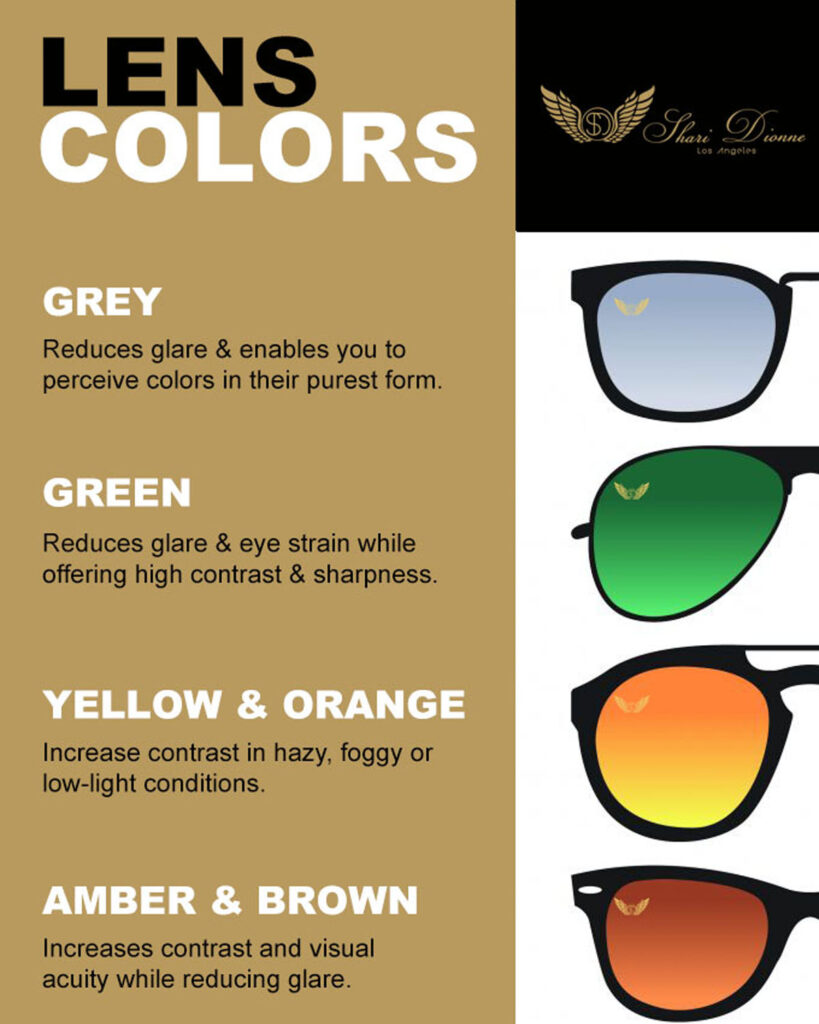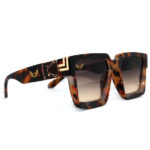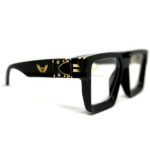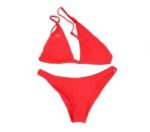Generally speaking, when it comes to shielding your eyes from harmful UV (ultraviolet) rays, the color of your sunglasses lens doesn’t matter. Lenses that provide adequate protection are treated with a colorless UV-absorbing coating and this coating can be added to whatever colored tint you choose for your lenses. A clear lens can block light just as well as a dark pair of shades. Basically, you can’t gauge UV protection by the color of the lens.
However, the color of your lens does matter when it comes to protection against High-Energy Visible Light (HEV), also known as blue-light. Since HEV light can cause retinal damage and increase the risk of macular degeneration, it is important to know which colored lenses can help protect against this light.
That being said, tinted lenses filter light from your eyes but they don’t block glare. They do so in different ways, depending on the lens color. Some tinted lenses enhances the colors you see and makes them appear more vivid while others help distort colors, reduce glare, block light and improve visual acuity.
Each colored lens provides different benefits, so not all colored lenses are right for all occasions. When choosing colored lens, you have to consider several factors like your lifestyle and the activities you intend using the sunglasses for.
Let’s look at some of the most popular lens colors, and the activities or light conditions they can be used for.
Lens Colors

Colored Sunglass Lenses
1. Grey Lens:
Gray is a very popular lens color. It is suitable for both cloudy and sunny days. It provides anti-fatigue benefits and overall protection from glare and bright lights, especially glare shining off water. Gray lens is perfect for outdoor activities like driving, baseball, football, water sports, fishing and the likes because it is designed to allow you see colors in their purest form. If you’re a nature lover or enjoy spending a lot of time out in the sun during the summer, gray lenses are perfect for you!
2. Brown/Amber Lenses:
Amber or brown sunglass lenses include red hues that blocks blue light while helping to improve depth perception. This makes it perfect for activities where distance needs to be judged like golf or baseball, where you need to make out small objects at a distance. This lens has glare-reducing properties in its tint that helps make cloudy days a bit brighter. It also comforts the eyes in sunny conditions and heightens contrast against green landscapes and blue skies. Brown/Amber lens is perfect for driving, racing, golfing and fishing.
3. Green Sunglass Lenses:
Green lens is one of the colors that are good for general purpose use. It basically does what gray and brown lenses can do, but better! It provides better contrast than gray lenses and transmits color accuracy better than brown lenses. Green lens color is perfect for any outdoor activity, and comforts your eyes on foggy, cloudy, bright or sunny days.
4. Yellow Lens Sunglasses:
This lens tint is mostly used by outdoor enthusiasts who have to focus their eyes on moving objects in low-light conditions. It provides greater clarity in fog or haze or other low-light conditions and reduces eye strain by filtering out blue light. Yellow lenses are perfect for skiing, mountain biking, hunting, aviation, tennis, target shooting and baseball.
5. Purple or Blue Lens Sunglasses:
This tint enhances the contours around objects, improves color perception and has a calming effect on the eyes. It also helps to reduce glare during snowy conditions, while enjoying water sports or during sunny leisure activities. Blue sunglasses work well in foggy and misty weather, plus they’re fashionable and look good on almost any skin tone.
6. Red Lenses Sunglasses:
This tint blocks blue light, so it helps to improve visibility while driving and reducing eye strain. It also helps increase depth of field and enhances vision, which is why it is great to wear during many sports activities especially winter sports. Additionally, red lenses comfort the eyes and helps the eyes adjust to contrast.
Sunglass Lens Color Guide for Weather
| Conditions | Green | Brown/ Amber | Yellow | Blue/ Purple | Grey/ Black | Pink/ Red |
|---|---|---|---|---|---|---|
 Sunny | ||||||
 Partly Cloudy | ||||||
 Cloudy | ||||||
 Foggy / Hazy | ||||||
 Low Light | ||||||
 Snowy |
Tinted Glasses
Many people make the mistake of picking out a pair of tinted sunglasses based on aesthetics alone. You should factor in the daily activities you’ll be using the sunglasses for, such as driving, exercising and sports before you decide on a particular lens color to purchase. The type of activity you’re doing will determine the right color of sunglasses for you, due to the fact that certain lens colors may improve the efficiency of certain tasks and activities. However, if you want to protect your eyes from UV light make sure you have the proper coating, polarized or UV400.


